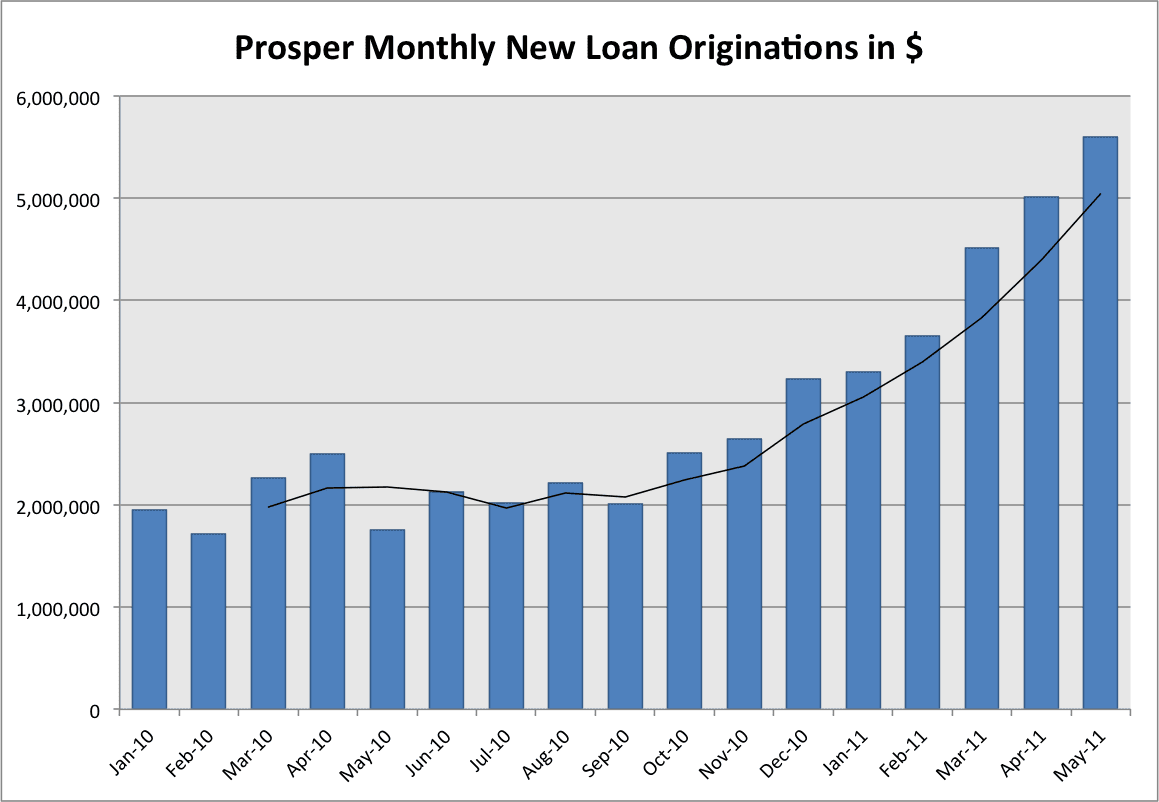[Editor’s note: This is a guest post from Prime Meridian Capital Management. Prime Meridian Capital Management is a Bronze Sponsor at LendIt USA 2016, which will take place on April 11-12, 2016, in San Francisco.]
For those looking to sidestep the red tape of traditional real estate bank loans the peer-to-peer (P2P) real estate lending marketplace is growing in popularity as alternative financing options continue to emerge from the proverbial ether.
With minimal paperwork and a quick turnaround, many borrowers looking to take out a mortgage are seeing P2P real estate lending as an attractive alternative to the hassle of working with big banks. Millennials and other younger individuals, who may not have the same loyalty to banks as their parents have, are open to many alternatives when making major financial decisions such as buying a home.
In addition to mortgages, there are other types of real estate loans which tend to be more popular with investors including developer loans, rehab loans, and bridge loans. These types of loans often have much shorter duration and higher yields.
Now, situated within the real estate marketplace lending conversation we seek to underscore the opportunities available that serious investors can use as another way to diversify their portfolios which could help hedge against potential declines in other asset classes.
While some of the traditional investments remain volatile and uncertain, investors are looking for new and innovative ways to diversify their holdings and real estate remains an attractive choice. As long as there are people, there will be homes and commercial businesses, and as long as there are homes and commercial businesses, there will be loans and mortgages. Now, participating in the lending marketplace has never been more opportune for investors.
For the best risk-adjusted investment portfolio in any asset class, investors must conduct their due diligence when vetting available investment choices. P2P real estate lending platforms are no different. This includes researching the expertise and history of the P2P platforms, their people, capitalization, business model, underwriting policies, technology, and investment structures. Additionally, considerations such as property location, and property type (single family, multi-family, and commercial), lien priority and loan volume all go into proper portfolio construction.
While this is a daunting list for any investor to undertake, diversifying one’s portfolio in the P2P real estate lending marketplace is not out of reach. This is especially true for investors who want to partner with experts who provide these services in the form of professionally managed diversified loan portfolios.
To hear more about how investors can use peer-to-peer real estate lending to diversify and hedge their portfolios, attend the LendIt Conference panel “Investing Through a Downturn”, on April 11 at 4 pm.
The host of this blog, LendIt, is the largest conference series dedicated to connecting the global online lending community. Our conferences bring together the leading lending platforms, investors, and service providers in our industry for unparalleled educational, networking, and business development opportunities. LendIt hosts three conferences annually: our flagship conference LendIt USA as well as LendIt Europe in London and LendIt China in Shanghai. Visit our home page to register for the next event and to subscribe to our newsletter.



